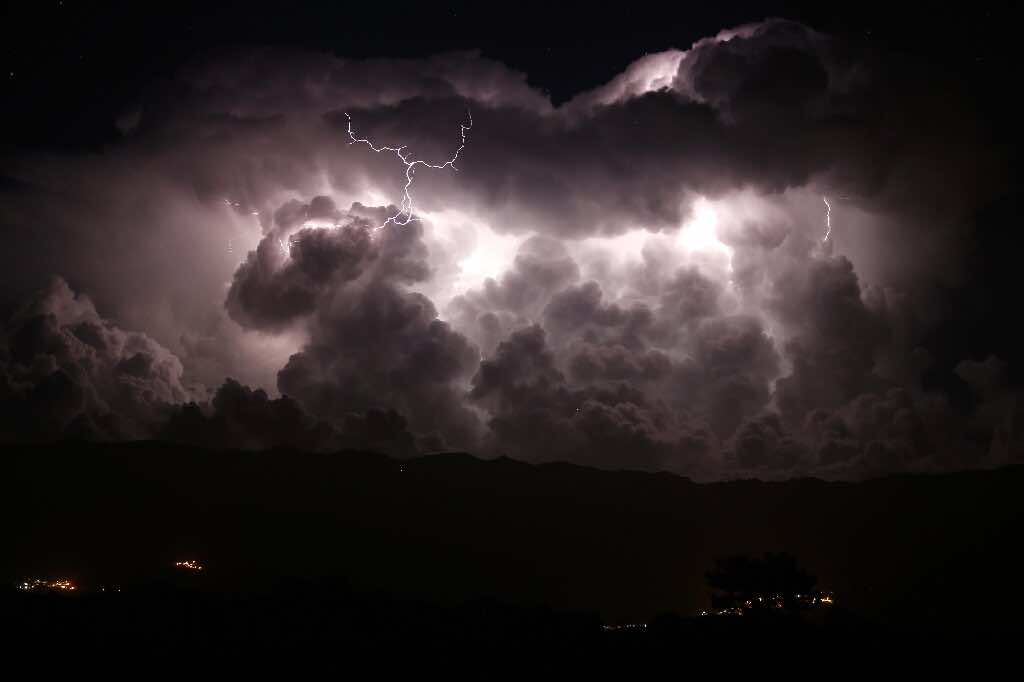A lightning megaflash that spanned three states in the southern United States has set a new world record.
A megaflash is a massive electric zigzag that moves nearly instantly from one electrified cloud to the next. A large enough thunderstorm system can cause a megaflash to travel hundreds of miles and dazzle the skies for more than ten seconds. On April 29, 2020, this is precisely what occurred in the southern United States. A massive lightning bolt snaked through thunderstorm clouds from South Houston to Southern Mississippi. It covered a horizontal distance of 768 ± 8 km (477.2 ± 5 miles).
On Tuesday, the World Meteorological Organization recognised the flash as the farthest-travelling on record. It is approximately 37 miles longer than the previous highest, which stormed over southern Brazil in October 2018.
The lightning bolt was taken by the National Oceanic and Atmospheric Administration’s GOES-East satellite as it lit up the sky throughout the South. The World Meteorological Organization also confirmed a second record, a megaflash over Uruguay and northern Argentina in June 2020, as the longest-duration lightning flash on record. It lasted 17.1 seconds, slightly short of the previous record of 16.73 seconds set by an Argentinian megaflash in 2019.
“Lightning is a surprisingly elusive and complex natural phenomenon for the impact that it has on our daily lives,” Michael J. Peterson, lead author of that certification analysis and an atmospheric scientist at Los Alamos National Laboratory, said in a statement.
“We are now at a place where we have excellent measurements of its many facets, which allow us to discover surprising new aspects of its behaviour.”
The US Great Plains and the South American La Plata Basin, where the two megaflashes occurred, are hubs for massive thunderstorms capable of sustaining such powerful lightning.
“Any time there is thunder heard, it is time to reach a lightning-safe place,” Ron Holle, a lightning specialist on the WMO Committee on Weather and Climate Extremes, said in a statement.
Humans are hardly ever struck by lightning, although it does happen. According to the National Weather Service, lightning kills 49 people in the United States each year and harm dozens.
Meteorologists used to rely on ground-based monitoring technologies to map lightning strikes. However, satellites orbiting the Earth can view a significantly broader region of the planet, allowing them to record the whole range of a megaflash in a single photo.
New NOAA’s GOES satellites have been employed specifically to map lightning flashes. Similar lightning-mapping equipment has been mounted on China’s and Europe’s weather satellites. These instruments, when combined, might give near-global coverage of lightning strikes.
“Now that we have a robust record of these monster flashes, we can begin to understand how they occur and appreciate the disproportionate impact that they have,” Peterson said.
“There is still a lot that we do not know about these monsters,” he added.

